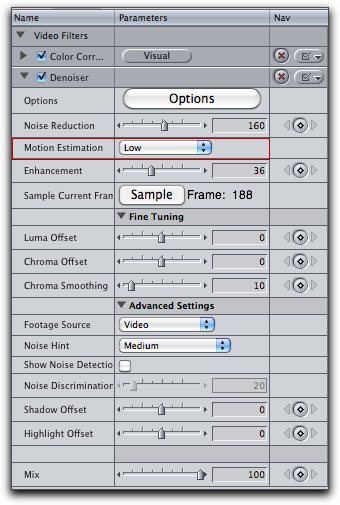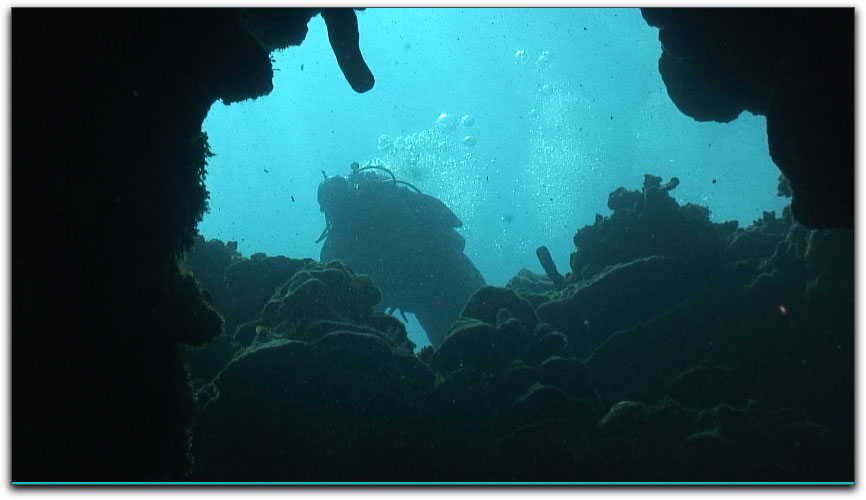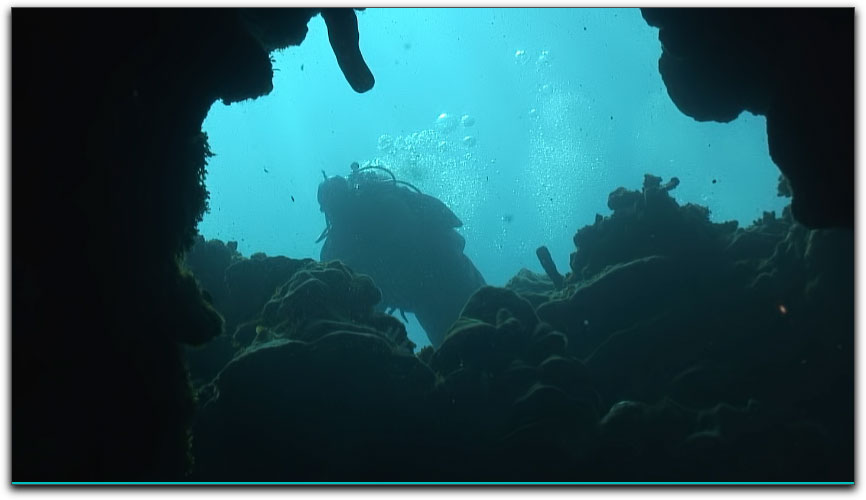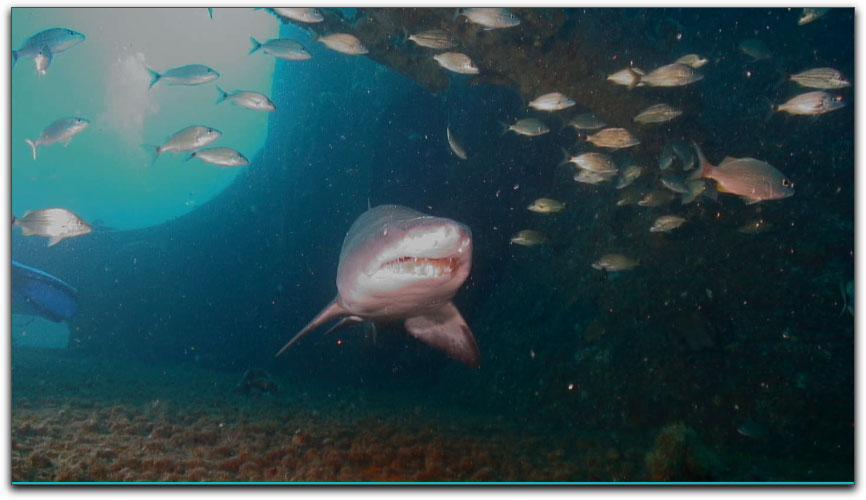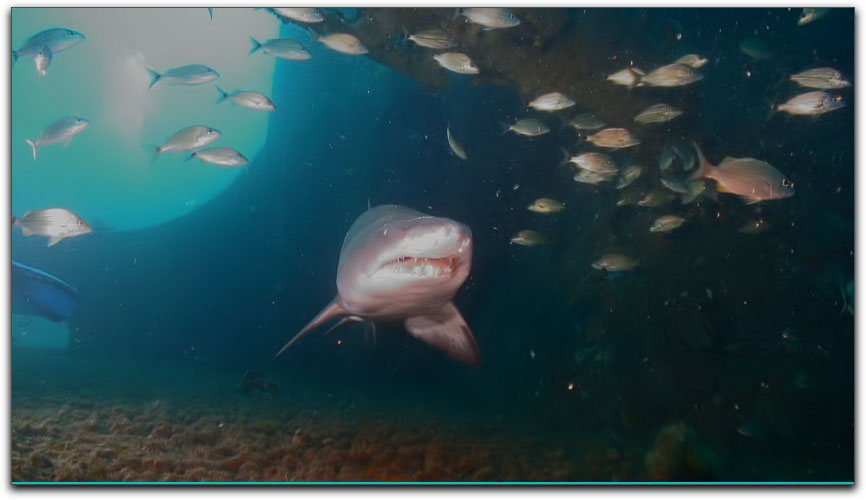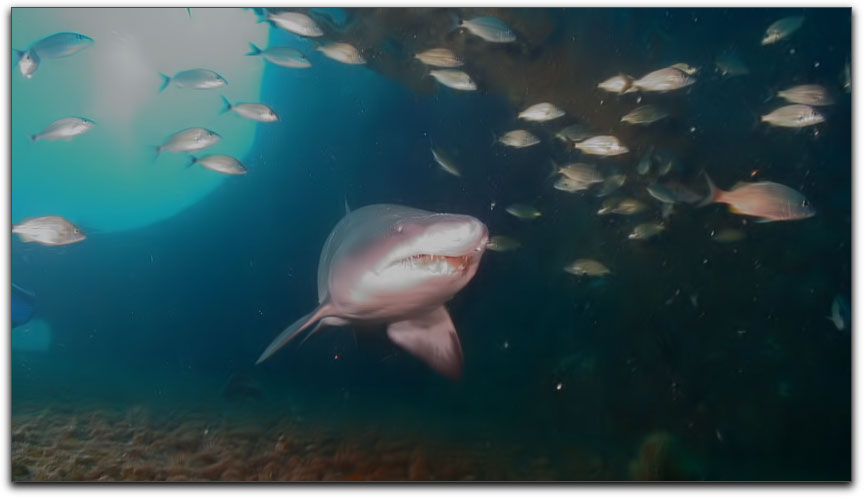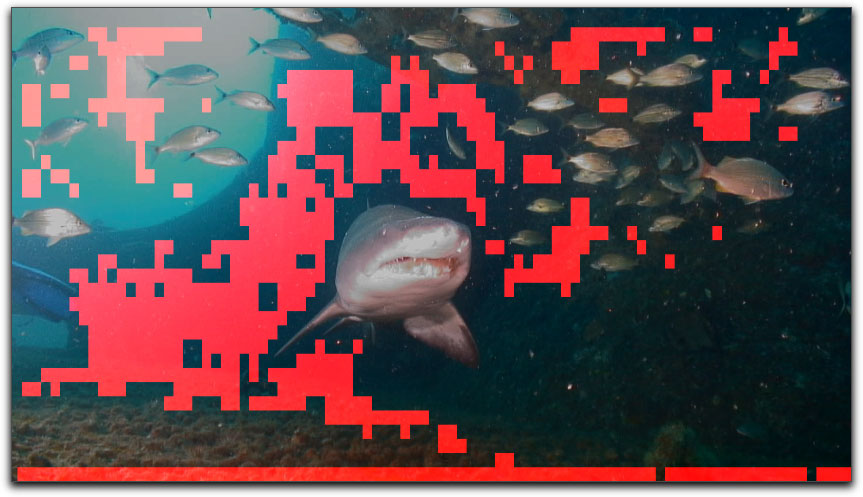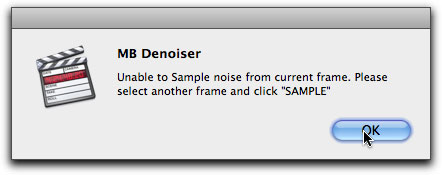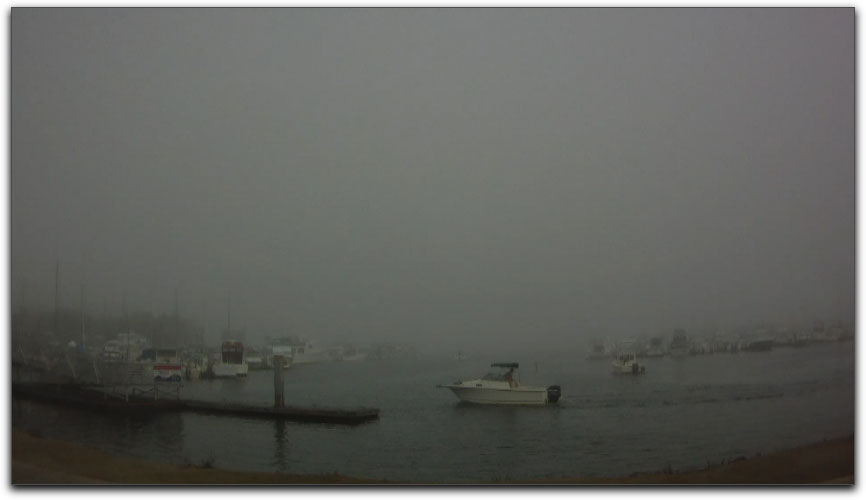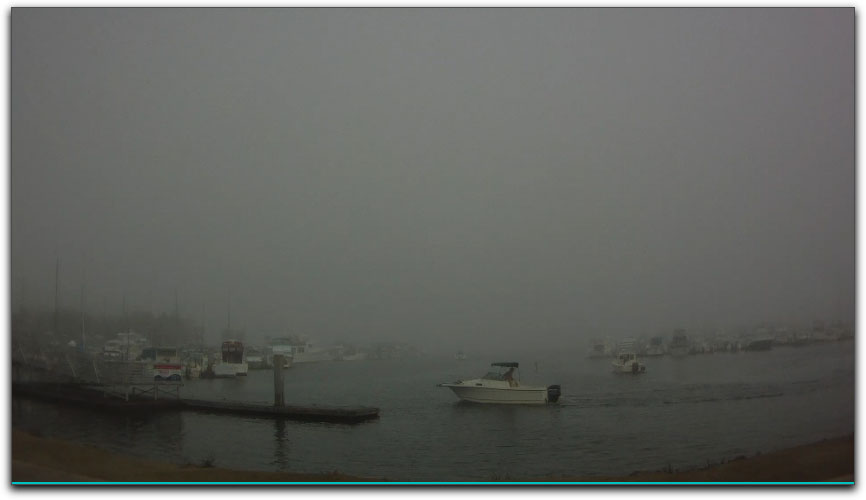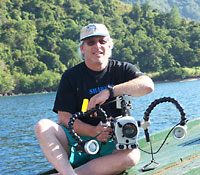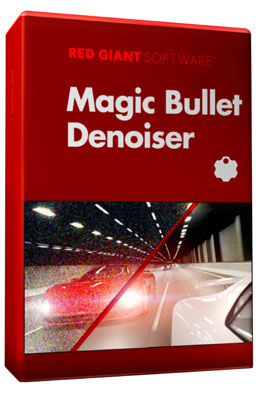
December 6, 2010
www.redgiantsoftware.com - $99.00

Review by Steve Douglas
Low light = video noise, there is no doubt of that. Of course there are many other factors that contribute to video noise but the entire focus is where to go from here, when you have footage that simply can't be re-lit or shot. I have tested many 'denoiser' filters and have only found one or two that did a commendable job. However, as a result of their use there was definitely some softening of the image.
Seeing the need for a better tool, Red Giant, a company which produces some of the finest plug-ins for both Adobe After Effects and Final Cut Studio, has recently brought out their own Magic Bullet Denoiser.
The great thing is that the Magic Bullet Denoiser installs and works great at just its own default settings whether you are using Final Cut Pro or Adobe After Effects. Oddly enough, Denoiser also installs in Motion but can not be used in that application. It would have been wiser for the installer to be created only for the applications it was designed to be used in. The interface of Magic Bullet's Denoiser is exactly the same whether you are using it in After Effects of Final Cut Pro so if you are familiar with it in one application you will be able to use it without any changes to your workflow, in the other.
The fact that Magic Bullet's Denoiser is so easy to use doesn't mean that there aren't parameters that you can use to tweak your image.
The Magic Bullet's Denoiser works by analyzing each video clip and by using motion estimation algorithms to remove noise from even very low light clips without blurring out the subject and softening the image.


